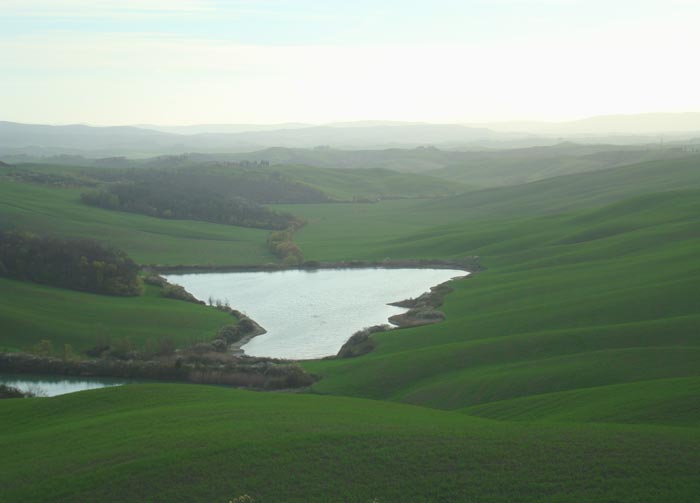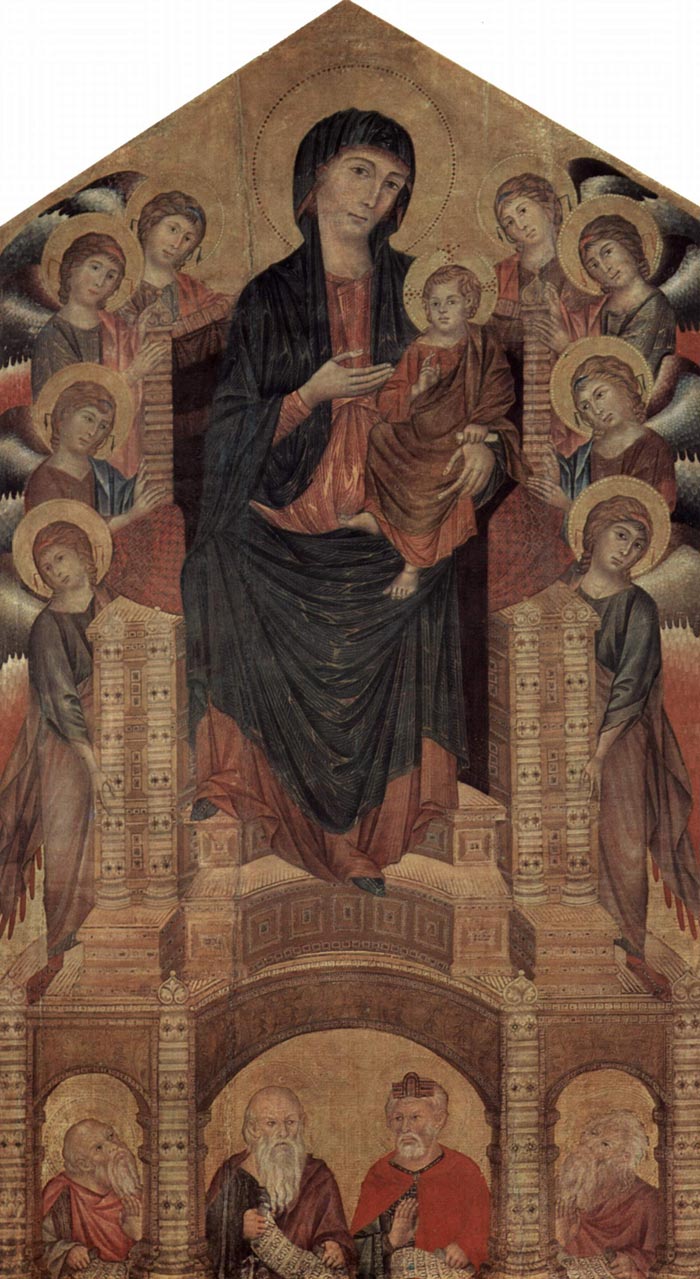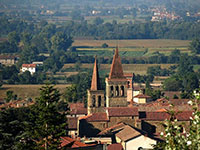Cimabue, Maestà (Santa Trinita Madonna), 1280-1285, Uffizi Gallery, Florence
|
|
Cimabue, Maestà (Santa Trinita Madonna), 1280-1285, Uffizi Gallery, Florence |
The Santa Trinita Maestà a painting by the Italian medieval artist Cimabue, dating to c. 1290–1300. Originally painted for the church of Santa Trinita, Florence, where it remained until 1471, it is now housed in the Uffizi Gallery of Florence, Italy (in 1810 it passed into the Galleria dell'Accademia Fiorentina and, in 1919, into the Uffizi). The painting was restored in 1993.
|
|
||||
Holiday accomodation in Tuscany | Podere Santa Pia | Artist and writer's residency
|
||||
Podere Santa Pia |
Colline sotto Podere Santa Pia
|
Sansepolcro
|
||
Podere Santa Pia |
Podere Santa Pia, garden view, December |
View from terrace with a stunning view over the Maremma and Montecristo
|
||
 |
||||
Crete Senesi, surroundings of Podere Santa Pia |
||||








